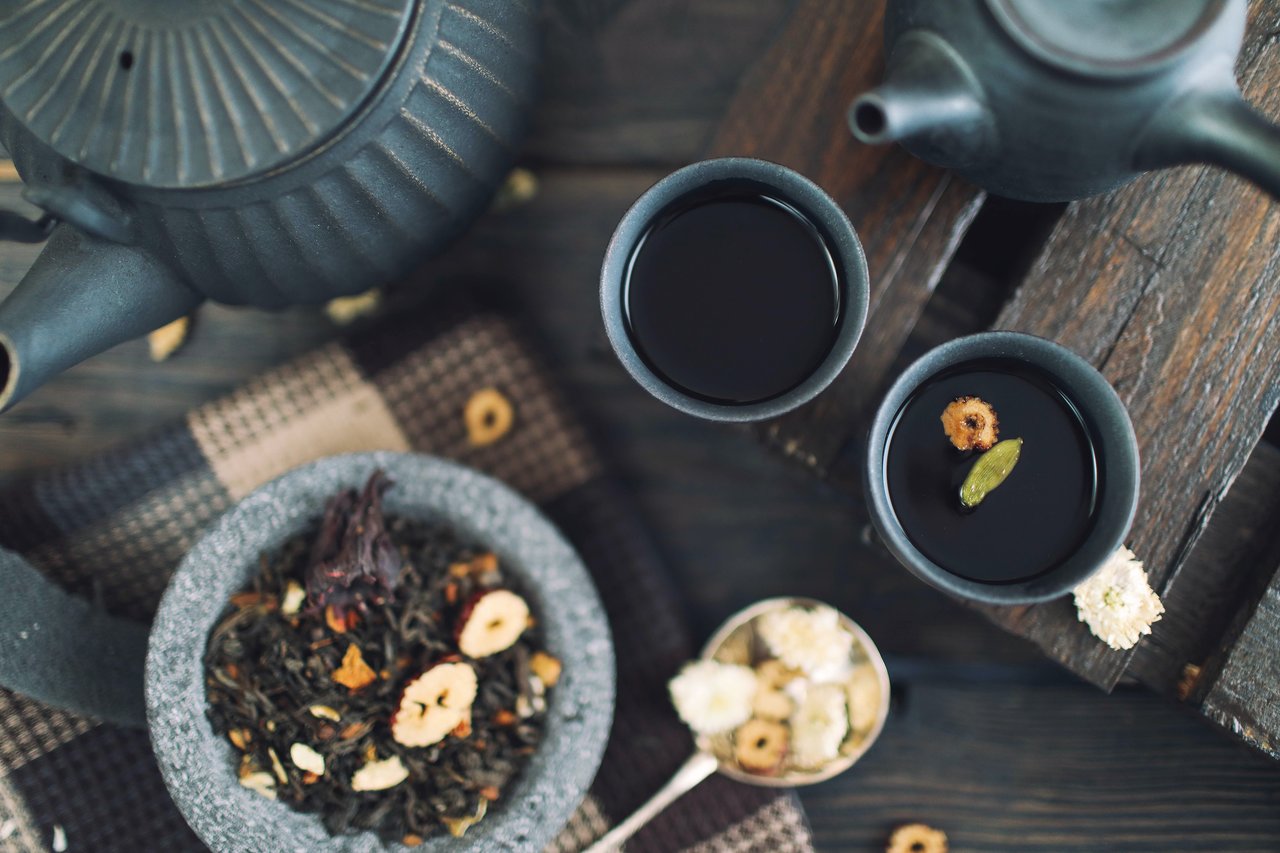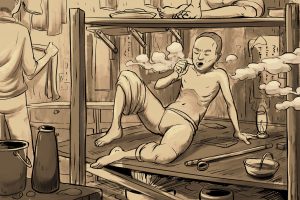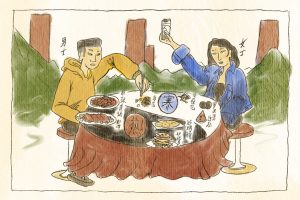Top image: Igor Miske/Unsplash
Traditional Chinese medicine (TCM), like durian, can be alien and intimidating to the uninitiated. If you’re not Chinese, under 35, or identify as a hapless ang moh pai whose answer to every ache and twinge is Panadol, chances are it’s an entirely new world.
If you don’t know your ginseng from your ginkgo or are tempted to write off cupping as cruel and unusual torture, suspend your scepticism. This guide is for you.
Volume 1: Key concepts
Traditional Chinese Medicine: An ancient form of medicine, straddling Chinese history, philosophy, and medical knowledge, which takes a holistic and life-long view of well-being. It emphasises harmony and balance of the body and mind, and how these interact with one’s external environment. Beyond treating specific ailments (either through diet or specific treatments, like prescriptions, acupuncture, tui na, or cupping), it seeks to address the underlying causes of such ailments, looking at how work, relationships, and daily lifestyle habits all affect our well-being.
Translation:The misunderstood older sister of the ‘wellness’ family, often written off as old-fashioned and inaccessible, despite having much in common with trendier concepts like ‘mind-body balance’, ‘gut health’, and ‘self-care’. If you already believe in maxims like ‘you are what you eat’, or ‘everything in moderation’, it’s not actually that far off.

Qi: A concept rooted in ancient Chinese philosophy, for which the closest approximation is ‘energy’. It serves and supports various functions in the body, such as circulation, warmth, protection, and digestion.
Translation: Basically the Force from Star Wars, short of telepathy and astral projection. Anything and everything to do with the body, both good and bad, relates in some way or form to qi.
Poor sleep? Your qi is out of whack. Acne? Your qi is out of whack. Running to the toilet after eating a double McSpicy? Qi again. General ennui? Also qi. You get the picture.

“Yin” and “yang”: In line with the central concept of balance, these are two opposing but complementary forces which are also relative and interdependent. “Yang” is generally associated with action and function, and “yin” with passivity and form. The concepts apply throughout TCM as well as nature and daily life.
Translation: Night and day. Fire and water. The seasons. Newton’s Third Law. Like qi, you can’t escape it. You need both to be a functional human being.
Example (1): Sleeping habits
By right, we ought to wake up with the sunrise, work during the day, and rest at night, in line with our circadian rhythms. In a similar fashion, ‘yang’ peaks during the daytime, and ‘yin’ at night.
You have a heavy lunch and fall into a food coma afterwards instead of finishing your report. Your yang is now thrown off balance.
You stay up till 3:00 AM watching Netflix, playing Animal Crossing, and deciding whether to text your ex. You are now in sleep debt and running a yin deficiency.
You reset these by eating nutritionally balanced meals, staying off social media after 11:00 PM, and trying to make better life choices.
Example (2): Exercise

Our bodies may have too much of either ‘yin’ or ‘yang’. As such, similar to our diets, our exercise routines should account for this accordingly.
Have a yin deficiency? This is your excuse to avoid torture sessions like spin class or hot yoga, which make you sweat heavily and lose even more water. Keep to lighter forms of exercise, like (non-hot) yoga, pilates, or brisk walking. Have too much ‘yang’? Don’t shy away from more intense exercise, like HIIT or running. If your coach asks why, you can tell them you’re doing what’s best for your body. The advice to consult your doctor before starting a new exercise routine applies to your TCM physician as well.
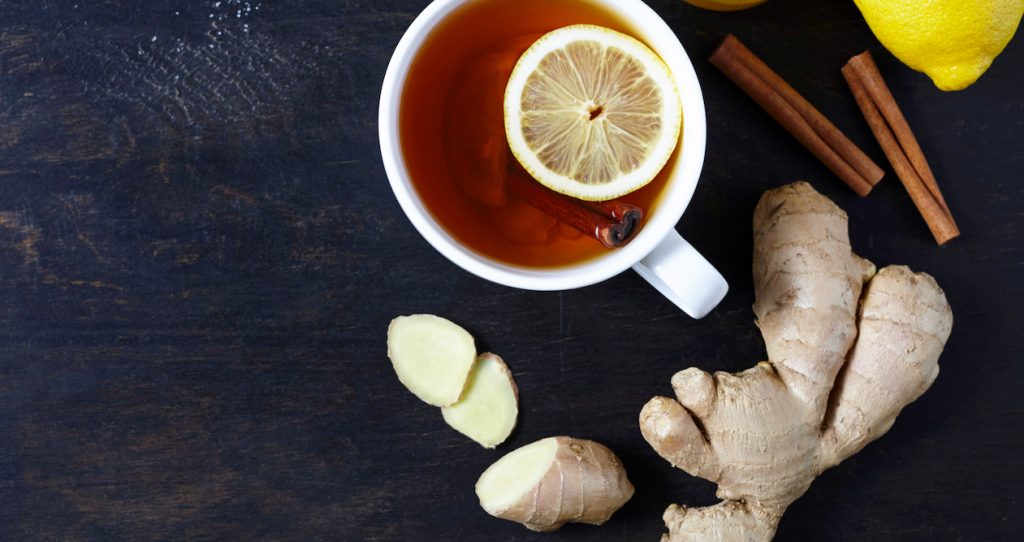
“Heaty” and “cooling” foods: Describes the effect a particular food has on your body after you consume it.
Translation: The reason why you feel horrible after bingeing on fried chicken or mala xiang guo, and why you reach for liang teh or herbal tea afterwards.
Example: You decide to chase your mala xiang guo with an ice-cold beer, because these should ‘cancel each other out’.
Unfortunately, this isn’t how it works. Foods are neither inherently ‘good’ or ‘bad’, and two wrongs don’t make a right; nor ‘quick fixes’ to restore balance to your yin and yang. There are only ‘appropriate’ foods, depending on the individual. TL;DR; everything in moderation.
Volume 2: Herbs and Ingredients
Analgesics: Commonly known as painkillers in ‘Western’ medical science, these refer to drugs like Paracetamol which provide pain relief without causing drowsiness. While many TCM herbs do have an analgesic effect, TCM targets the underlying cause of an ailment with a customised treatment, rather than just numbing the pain.
Translation: TRICK QUESTION. There is no one-size-fits-all-cure in TCM. Period cramps and back pain, for example, would not be treated the same way. Similarly, if two patients came in complaining of migraines, they would not necessarily be prescribed the same herbs or treatments.
Barley: A major cereal grain and famous health food, barley is believed to help clear both heatiness and ‘dampness’ (feeling slow and sluggish, particularly in hot and humid weather), making it ideal for Singapore’s tropical climate. Consume by boiling in water, draining out the grains, and drinking the liquid.

Translation: Best known as one-third of the holy trinity of zi char drinks, along with lime juice and luo han guo. Unfortunately, the glutinous, syrupy stuff you buy from the coffee shop drinks stall or in cans doesn’t count. Sugar-light is ideal; sugar-free is best.
Ginseng: Ginseng refers to the root of the Panax genus of plants, and is believed to help with boosting energy and reducing fatigue. It is available in dried form, either whole, sliced, powdered, or as a liquid extract, and can be consumed in a variety of ways, including teas, soups, and stews.

Translation: Arguably the best-known TCM herb there is, despite being highly polarizing: you either love it or hate it. Not to be confused with notoginseng.
Hawthorn: One of the most commonly prescribed herbal remedies in TCM, hawthorn fruit is believed to help with digestive issues, processing greasy foods, and high cholesterol. Not recommended for people with digestive issues like acid reflux or peptic ulcers, pregnant women, or women on their period. Consume by steeping in hot water and drinking the ‘tea’.
Translation: Your beloved childhood haw flakes in their natural, unprocessed form. Unfortunately, they taste nothing like the candy, though adding a little honey or some sugar in moderation doesn’t hurt. Strongly cautioned against eating raw in large quanties.
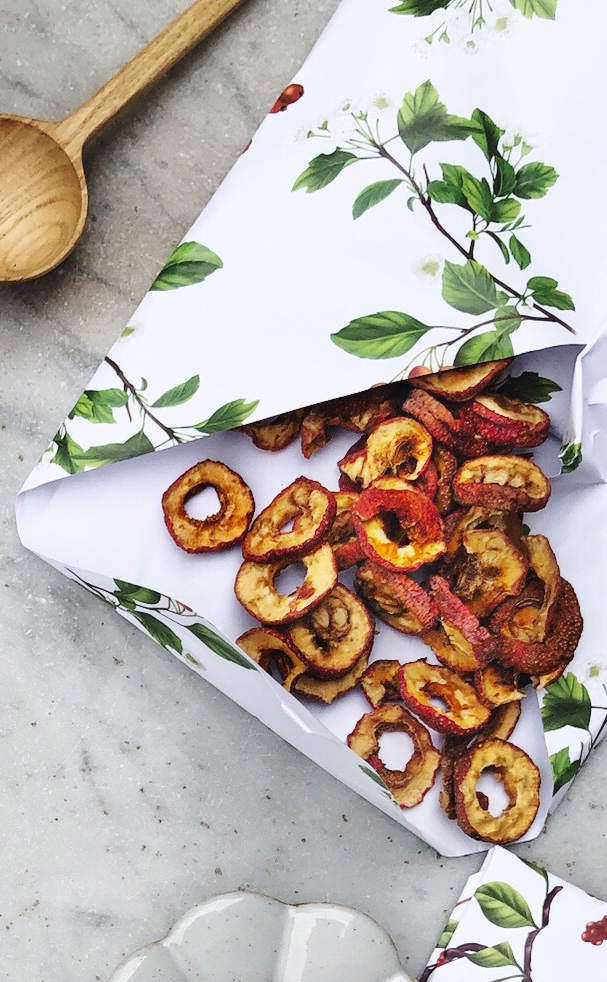
Wolfberry: Also known as goji berries, wolfberries are often bought dried, although they can be eaten raw. They are believed to help improve vision, brighten the skin, and nourish the liver and kidneys. Wolfberries can be consumed in a variety of ways, including brewing them with chrysanthemums and drinking the tea, or making it into jam.
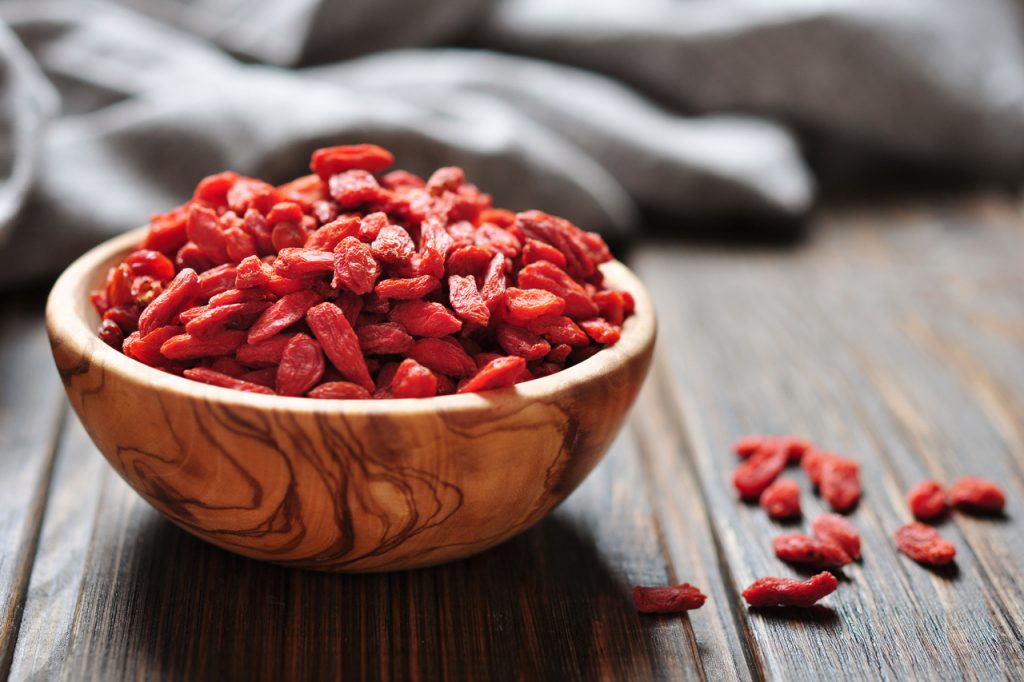
Translation: The little red berries you find in everything from acai bowls to cheng t’ng.
Volume 3: Key players
TCM practitioners: Licensed professionals who provide a variety of TCM-related services, including consultations, prescriptions, and treatments.
Translation: Your first stop if you have no idea what TCM is or where to start.
TCM patients: Wen Jia, a physician at Eu Yan Sang’s Plaza Singapura clinic, tells me her patients come from a wide variety of backgrounds, and will often vary with the demographic of a particular neighbourhood. For example, clinics in Chinatown and neighbourhood malls tend to draw a lot of older clients, while clinics in malls tend to see younger clients.
In this vein, despite TCM being perceived as the exclusive domain of ‘aunties’ and older people, a lot of her clients are younger people who’ve been more exposed to ‘Western’ medical science growing up. According to her, they tend to be more curious about how TCM works, and are drawn to it by its emphasis on nourishing the body from the inside out.
Translation: Everyone and anyone, as long as you’re open-minded and invested in taking care of yourself.
This piece was sponsored by Eu Yan Sang.
Confused about notoginseng? So were we. Tell us what you thought of that factoid at community@ricemedia.co

